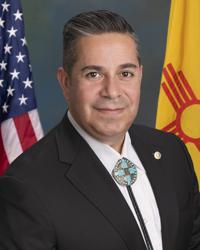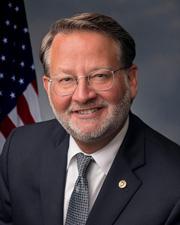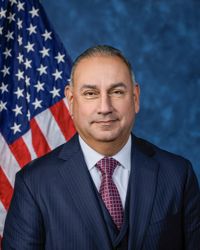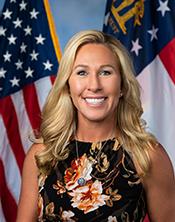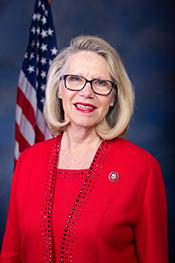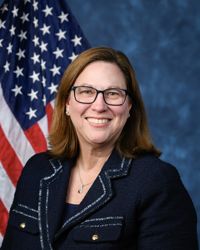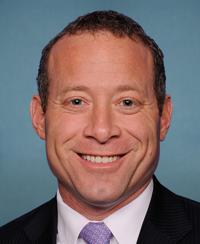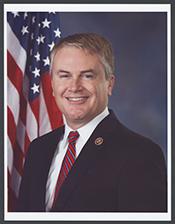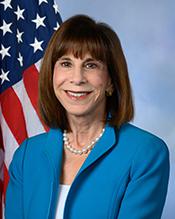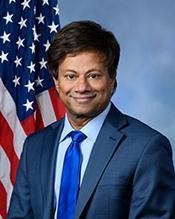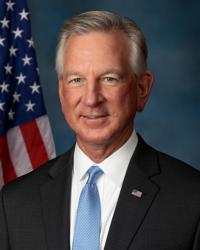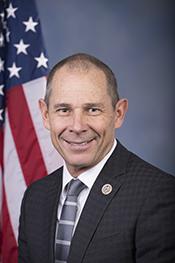S. 933: NASA Transition Authorization Act of 2025
The NASA Transition Authorization Act of 2025 is a legislative proposal aimed at ensuring continued U.S. leadership in space exploration and technology through the authorization of funding and support for various NASA initiatives. The key components of the bill are as follows:
Funding and Support for NASA Programs
The bill aims to provide necessary financial support for NASA, focusing on several critical areas:
- Astronaut Training: Enhancing programs to prepare astronauts for future missions.
- Lunar Exploration: Supporting missions aimed at exploring the Moon.
- Commercial Space Operations: Facilitating a transition to partnerships with commercial space companies.
- Low-Earth Orbit Presence: Maintaining an ongoing U.S. presence in low-Earth orbit.
Definitions and Congressional Briefing
The bill requires NASA to clearly define important terms related to crew and spaceflight participants. Additionally, it mandates a briefing for Congress concerning suborbital missions within 180 days of the bill’s enactment, ensuring that lawmakers are informed about developments in this area.
Lunar Communications and Standards
To support lunar exploration, the bill establishes a framework for:
- Lunar Communications: Developing standards for communication systems that will operate on the Moon.
- Time Standardization: Implementing consistent time standards for lunar operations.
Collaboration with Commercial Partners
The bill emphasizes the importance of effective collaboration between NASA and commercial partners. It seeks to ensure that advancements in technology are developed with commercial input and participation.
Lunar Delivery Services
Another significant aspect of the bill is the requirement for NASA to develop lunar delivery services. This includes:
- Assessing the needs and challenges of service providers.
- Enhancing NASA's payload management procedures to minimize changes in projects after contracts are awarded.
Coordination of Goals
There is a requirement for coordination between NASA's various Mission Directorates and the Moon to Mars Program. This coordination aims to align goals related to lunar and Martian exploration to ensure a cohesive approach to U.S. space exploration efforts.
Regulatory Authority
The bill grants the NASA Administrator the authority to create regulations necessary for the implementation of the bill's provisions. It also allows the Administrator to use available funds without restriction, supporting flexibility in managing resources for space missions.
Clerical Amendments
A clerical amendment to the bill includes adding "Passenger carrier use for astronaut transportation" to the table of contents of chapter 201 in title 51, which addresses passenger transport in space.
Relevant Companies
- BA (Boeing): The company may see increased opportunities in providing commercial space transportation services and hardware as NASA collaborates with commercial partners.
- SPCE (Virgin Galactic): With a focus on suborbital missions, Virgin Galactic could be directly impacted by requirements for commercial operations and the need for astronaut training and transportation solutions.
- GOOG (Alphabet Inc.): As technology development is emphasized, Alphabet's subsidiaries like Google may be involved in providing communications support for lunar and Mars exploration efforts.
This is an AI-generated summary of the bill text. There may be mistakes.
Sponsors
7 bill sponsors
Actions
2 actions
| Date | Action |
|---|---|
| Mar. 11, 2025 | Introduced in Senate |
| Mar. 11, 2025 | Read twice and referred to the Committee on Commerce, Science, and Transportation. |
Corporate Lobbying
1 company lobbying



